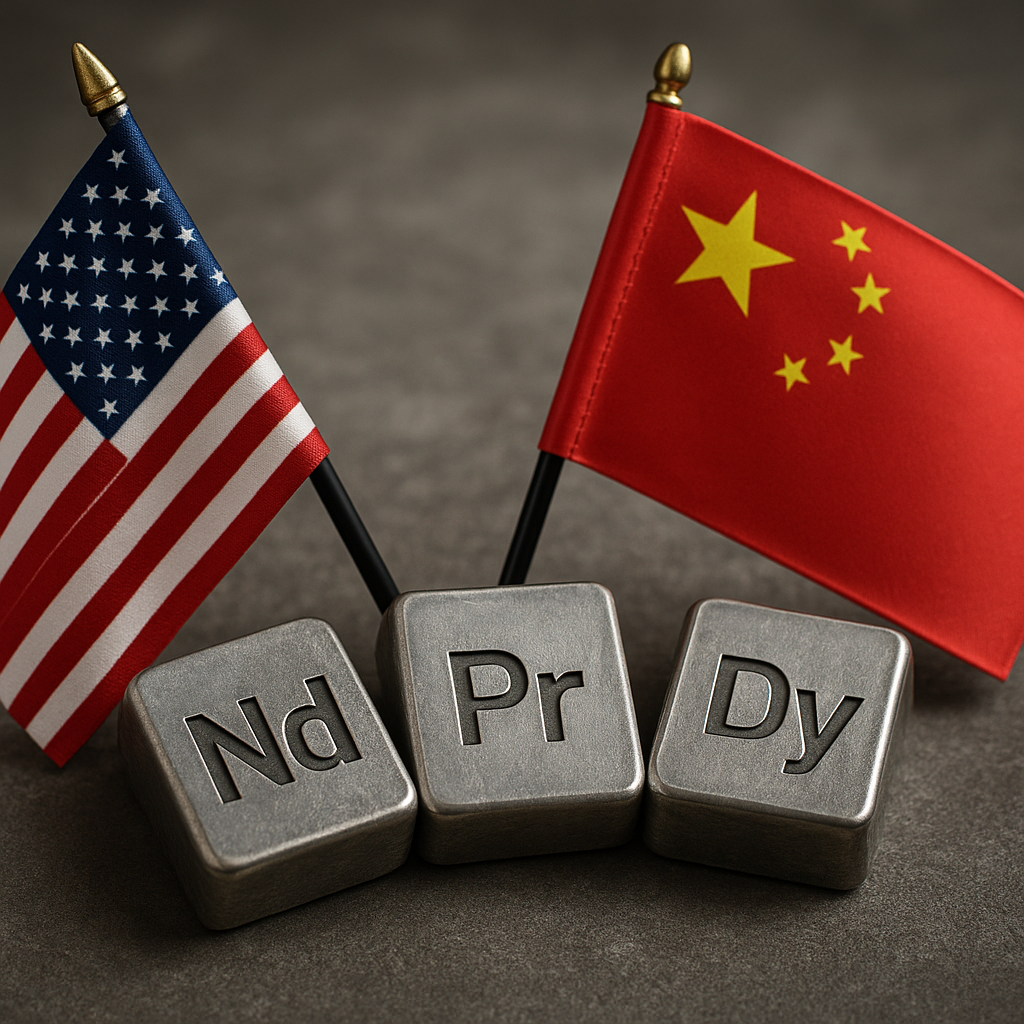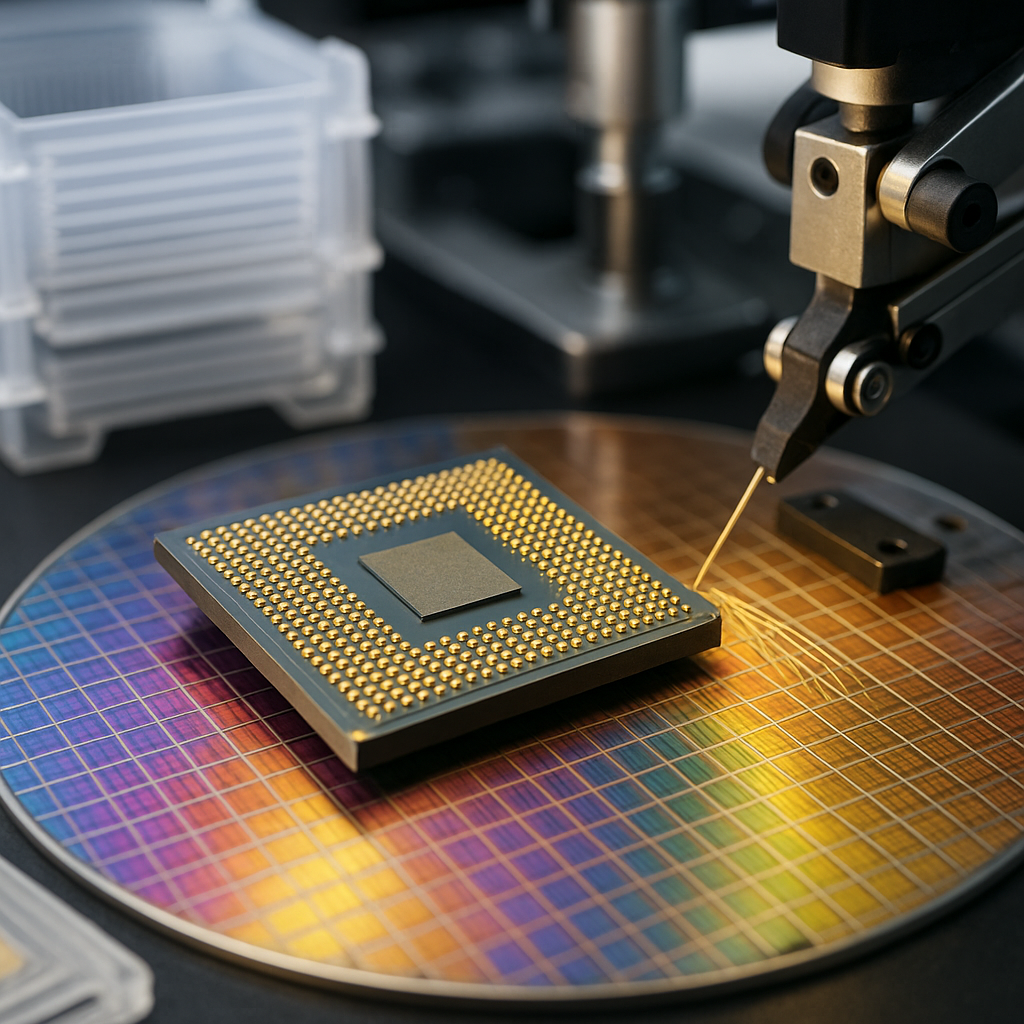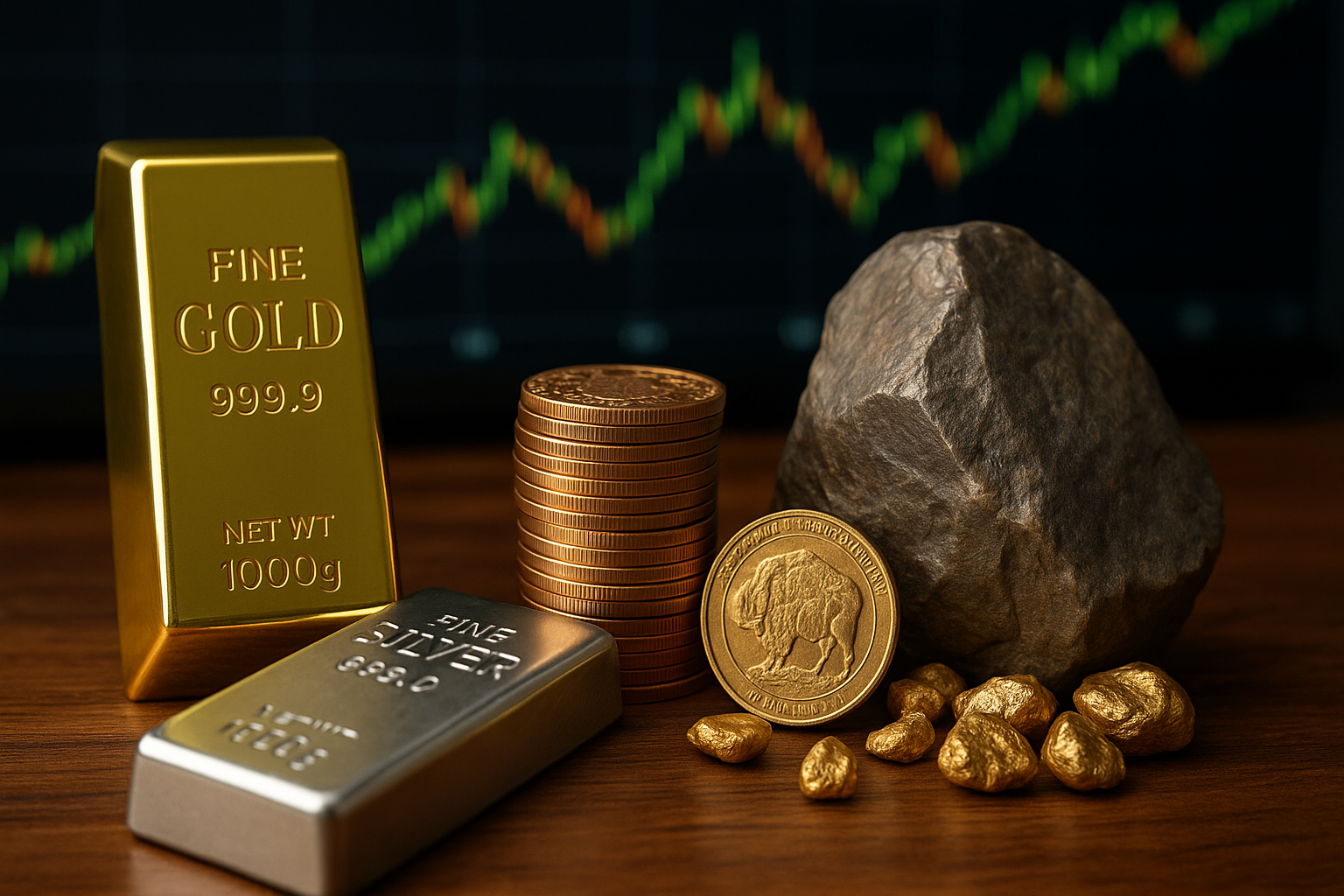The global markets are watching closely as Washington and Beijing take a cautious step toward easing their long-standing trade tensions. In Busan, South Korea, U.S. President Donald Trump and Chinese President Xi Jinping announced a limited but symbolically powerful agreement — one that could reshape supply dynamics in critical materials, tech manufacturing, and energy transition industries.
Trump confirmed that the U.S. will cut specific tariffs on China from 20% to 10%, reducing the overall combined tariff burden from 57% to 47%, particularly on chemicals linked to fentanyl production. In a reciprocal move, China agreed to suspend for one year its export controls on rare earth minerals, a vital step for global high-tech industries that depend heavily on Chinese supply. According to WKMG Orlando and Al Jazeera, both sides also pledged to pause Section 301-based measures on shipbuilding and maritime industries for the same period — signaling a temporary but notable cooling in trade hostilities.
Market Implications: Why Investors Are Paying Attention
The rare earths market sits at the intersection of global technology, defense, and clean energy. These 17 elements — essential for semiconductors, electric vehicles, wind turbines, and defense systems — are overwhelmingly processed in China, which accounts for roughly 70–80% of global supply, according to U.S. Geological Survey (USGS) data.
The suspension of export restrictions could ease fears of a renewed supply crunch that had spooked manufacturers earlier this year. The announcement immediately lifted shares of U.S.-based rare earth processors such as MP Materials ($MP) and Australian miner Lynas Rare Earths ($LYC.AX) in after-hours trading, while Chinese mining giants like China Northern Rare Earth Group (SHA:600111) gained on expectations of higher export volumes.
Meanwhile, broader market sentiment improved. The S&P 500 Materials Index and MSCI Asia Pacific Metals & Mining Index both rose modestly following the news, reflecting optimism that industrial input costs might stabilize if the détente holds.
Policy Calculus Behind the Deal
For the White House, the tariff reduction offers a political win ahead of 2026 midterms — appealing to U.S. manufacturers and farmers seeking relief from trade friction. For Beijing, easing export controls on rare earths helps restore investor confidence amid slowing domestic growth and a soft property sector.
“Both sides are signaling pragmatism,” said Liang Chen, senior analyst at Nomura Global Research. “China’s rare earth export suspension is less about concession and more about repositioning — it wants to demonstrate reliability as a trade partner without abandoning strategic leverage.”
However, the one-year time frame underscores the fragility of the truce. “It’s a tactical pause, not a structural reset,” Bloomberg Economics noted, warning that fundamental disagreements — particularly on industrial subsidies, IP protection, and advanced chip restrictions — remain unresolved.
Why This Matters for Investors
1. Critical Minerals and Energy Transition Plays
This temporary reprieve may stabilize EV battery and renewable energy supply chains, especially for companies dependent on rare earth magnets. Watch Tesla ($TSLA), General Motors ($GM), and Siemens Energy ($ENR.F) — all sensitive to raw material availability.
2. Maritime and Shipbuilding Sector Outlook
The suspension of Section 301 measures on maritime industries could ease input costs for shipbuilders like Huntington Ingalls ($HII) and China State Shipbuilding Corp (SHA:601989). That said, analysts expect lingering uncertainty to keep valuations capped until permanent clarity emerges.
3. Commodities and FX Signals
Commodities traders are eyeing neodymium and praseodymium oxide prices, which surged over 20% earlier this quarter. If China follows through on easing controls, analysts at Goldman Sachs forecast prices could retrace by 10–15% over the next few months. The Chinese yuan (CNY) strengthened slightly against the dollar post-announcement, reflecting improved trade sentiment.
Future Trends to Watch
- Supply Chain Diversification: Expect continued Western investment in non-Chinese rare earth projects across Australia, Canada, and the U.S. as part of long-term de-risking strategies.
- Geopolitical Overhang: Any shift in Taiwan Strait tensions or U.S. election-year rhetoric could rapidly reverse market optimism.
- Green Technology Momentum: The pause may accelerate near-term investments in EV and renewable infrastructure stocks — especially those benefiting from reduced input costs.
Key Investment Insight
While the U.S.–China deal offers short-term relief to industrial and technology sectors, investors should view it as a window of opportunity rather than a long-term pivot. The fundamental geopolitical rivalry remains intact, and diversification across critical minerals, supply chain logistics, and alternative markets remains prudent.
Long-term exposure to North American rare earth producers, strategic mineral ETFs, and industrial automation firms may offer upside as global trade recalibrates.
Stay tuned with MoneyNews.Today for daily, data-driven insights on global markets, macro trends, and investment intelligence shaping the world economy.





